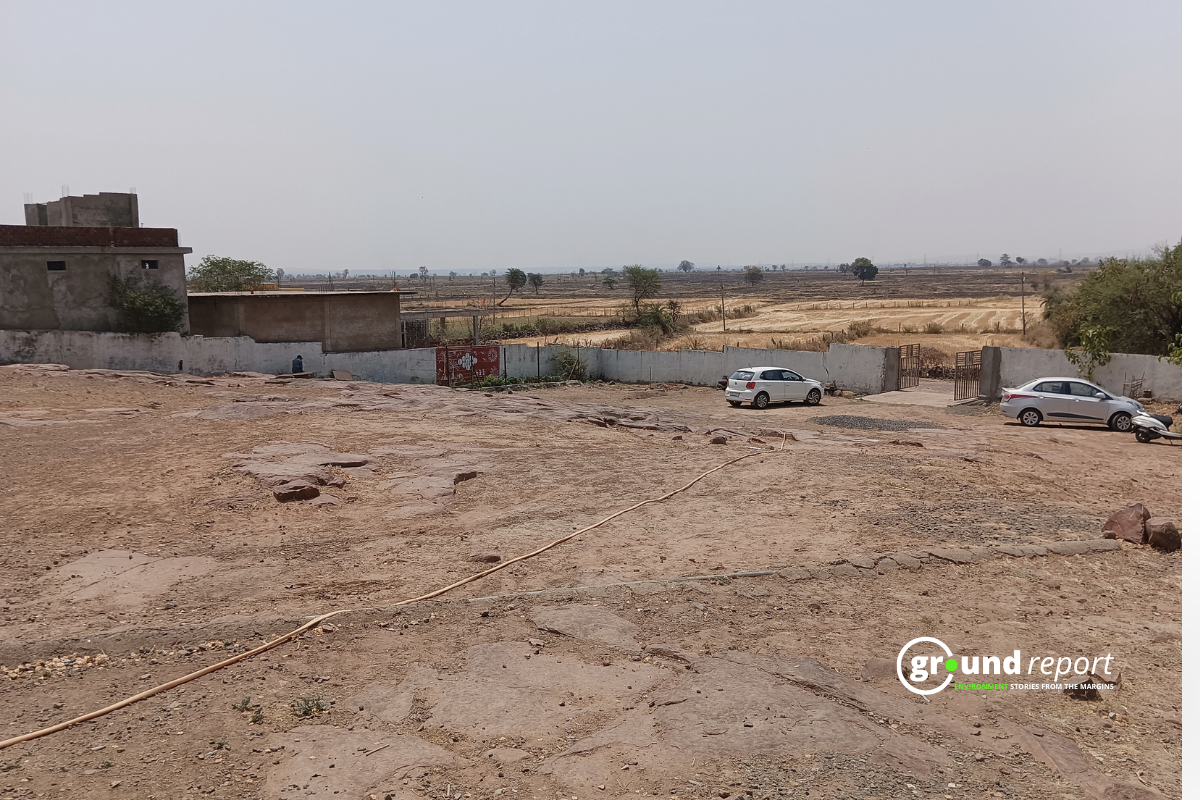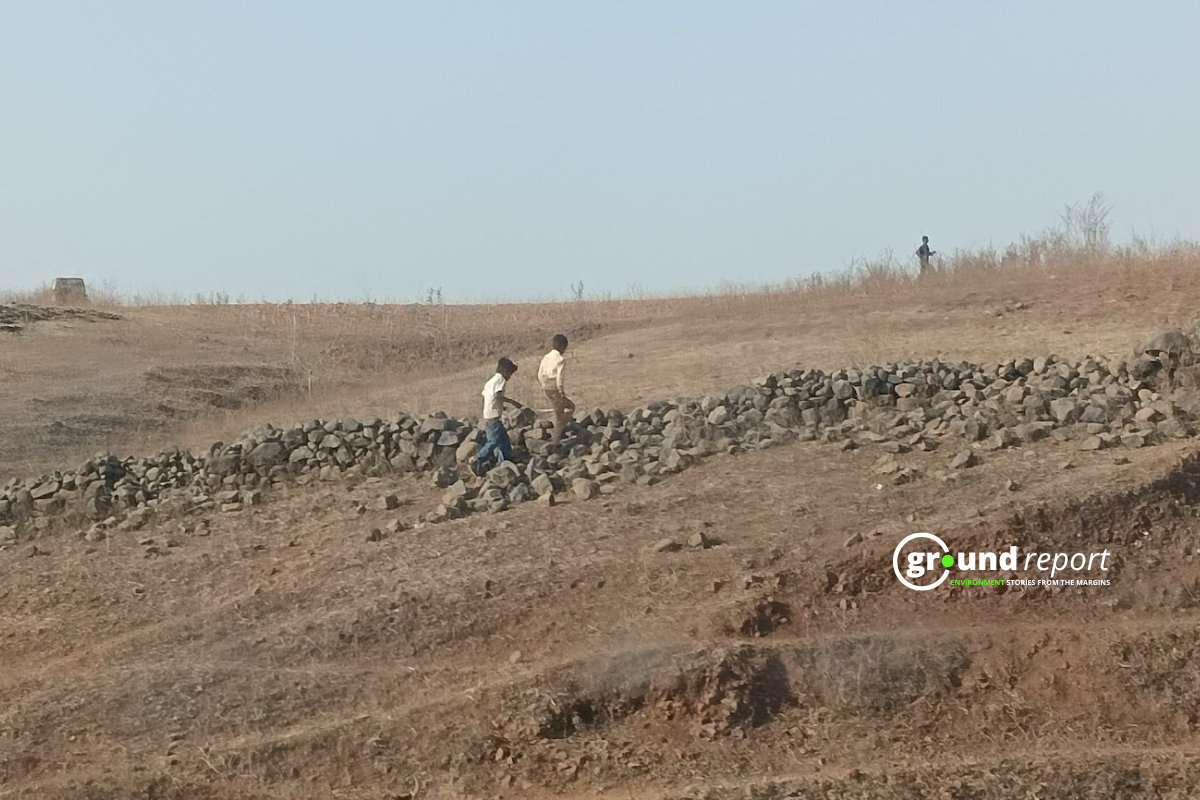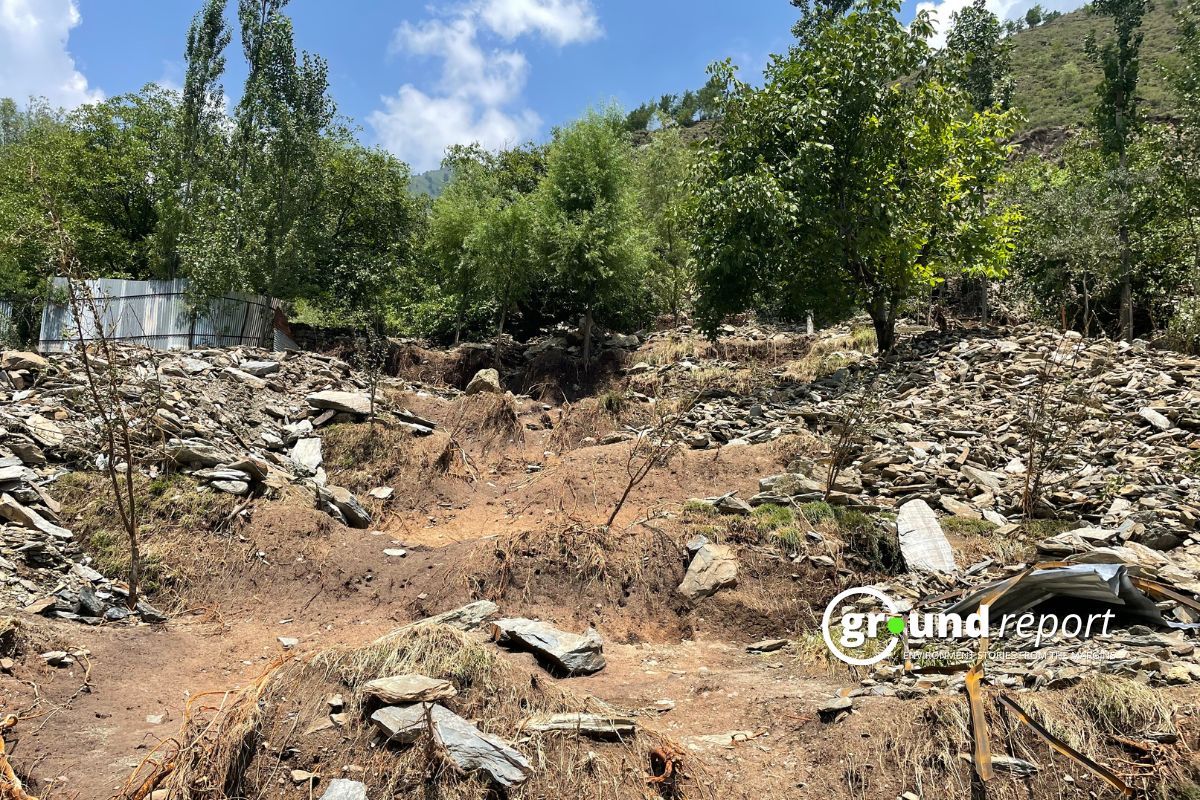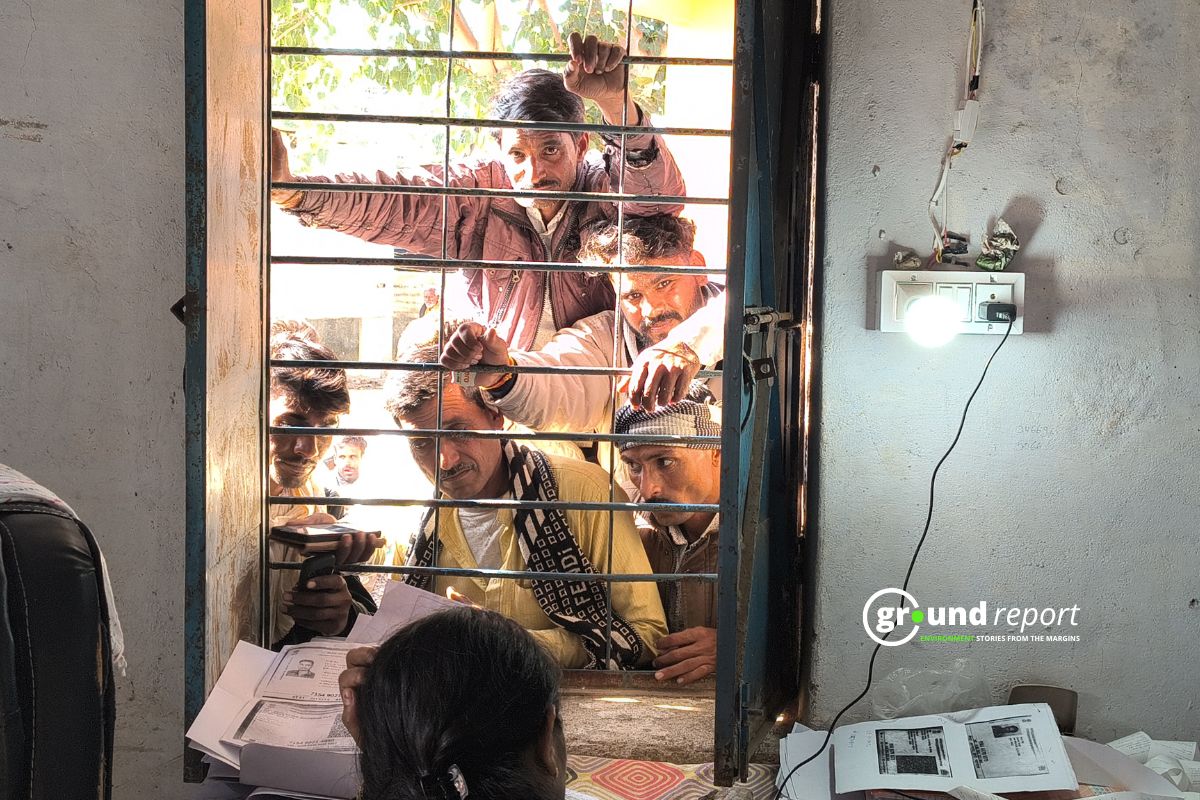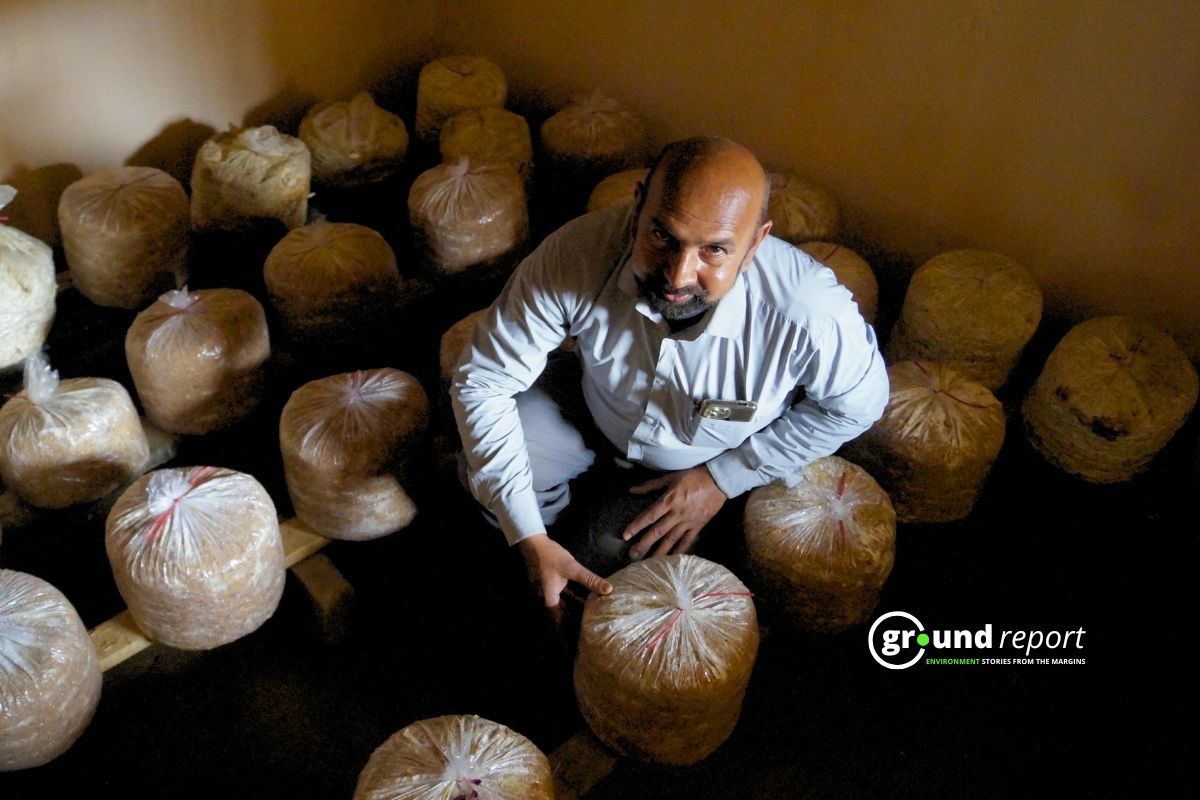Scientists are increasingly confident that climate change is making extreme weather events more frequent and severe. The torrential rains and the winds of the hurricanes that devastated the Caribbean and the southeastern United States every season have always been considered one of the prices to pay for living in paradisiacal places for their beaches.
The increase in hurricanes in recent years has activated all alerts: could it be related to climate change? Scientists and experts from around the world are debating whether this is a coincidence or whether the latest hurricanes are just another effect of global warming.
Some oceanographers say that climate change and the increase in the number of hurricanes are related, while others, more cautious, think that there is not enough evidence to confirm it.
How is a hurricane formed?
Whether they are called hurricanes in the Atlantic Ocean, typhoons in the western Pacific Ocean, or cyclones in the Indian Ocean, strong tropical cyclones are an example of nature’s fiercest fury.
The criteria that conspire to form tropical cyclones are quite simple. It all starts with a small atmospheric disturbance located in or near a tropical ocean. If the water temperature is warm enough, usually over 80 degrees Fahrenheit, and atmospheric conditions are favourable with humidity and even winds, a tropical system can evolve.
In the Atlantic, the system first becomes a tropical depression. As it gets stronger, the system graduates to a tropical storm and eventually, when winds exceed 74 mph, it’s called a hurricane.
Hurricanes are stronger, intensify faster
A study published shortly after the hurricane hit Florida attributes at least 10% of the storm’s rainfall in that state to climate change. Although it is an issue on which governments still do not have a consensus and that tends to become politicized, the scientific world has advanced in recent years with reports that point to an increasingly clear link between the greater power of hurricanes and the effects of man on the weather.
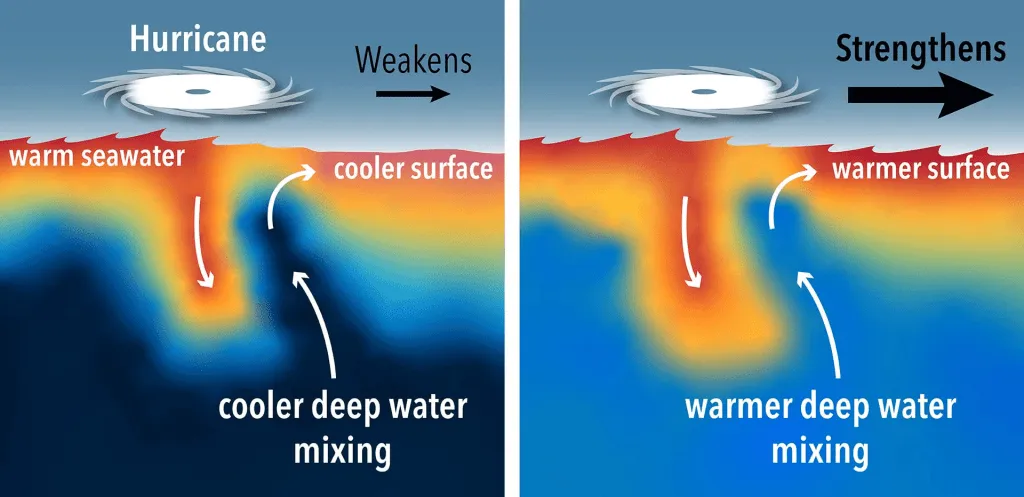
The World Meteorological Organization (WMO) itself, belonging to the United Nations, has recognized that global warming will increase the proportion of more powerful hurricanes: those of category 3 (with sustained winds greater than 154 kilometres per hour), 4 (with winds greater than 209 kilometres per hour) and 5, greater than 252 kilometres per hour. In addition, he said that an increase in rainfall associated with these storms is expected, while the rise in sea level and the urban development of the coast aggravate the impact of the floods.
More heat, more water
During its formation, a hurricane collects water from the sea, which is transported and later falls as rain. The hotter it is, the more water evaporates, causing torrential rains and more severe flooding.
The months of July this year and last have been the hottest in the last century and a half in the Atlantic. These records coincide with the formation of two devastating hurricanes: Harvey and Irma.
The rise in sea level
On the other hand, the rise in sea level makes it more difficult to protect yourself from these storms. When a hurricane approaches the coast, it produces what is called a storm surge.
It is an extreme rise in sea level caused by strong winds and low atmospheric pressure. For example, during Hurricane Katrina in 2005, the waves exceeded 8 meters.
If, in addition, the sea level continues to rise due to climate change, the tidal waves that accompany a hurricane will be increasingly difficult to stop and will cause more extensive flooding.
Some of the areas most affected by rising sea levels are the Caribbean and Florida (United States), regions with frequent hurricane episodes.
Support us to keep independent environmental journalism alive in India.
Keep Reading
Part 1: Cloudburst in Ganderbal’s Padabal village & unfulfilled promises
India braces for intense 2024 monsoon amid recent deadly weather trends
Follow Ground Report on X, Instagram and Facebook for environmental and underreported stories from the margins. Give us feedback on our email id greport2018@gmail.com.
Don’t forget to Subscribe to our weekly newsletter, Join our community on WhatsApp, and Follow our YouTube Channel for video stories.

